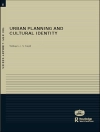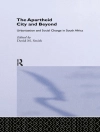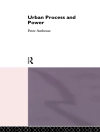Talk is a central activity in social life. But how is ordinary talk organized? How do people coordinate their talk in interaction? And what is the role of talk in wider social processes? Conversation Analysis has developed over the past forty years as a key method for studying social interaction and language use. Its unique perspective and systematic methods make it attractive to an interdisciplinary audience.
In this second edition of their highly acclaimed introduction, Ian Hutchby and Robin Wooffitt offer a wide-ranging and accessible overview of key issues in the field. The second edition has been substantially revised to incorporate recent developments, including an entirely new final chapter exploring the contribution of Conversation Analysis to key issues in social science. The book provides a grounding in the theory and methods of Conversation Analysis, and demonstrates its procedures by analyzing a variety of concrete examples.
Written in a lively and engaging style, Conversation Analysis has become indispensable reading for students and researchers in sociology, sociolinguistics, applied linguistics, social psychology, communication studies and anthropology.
表中的内容
Preface to second edition.
Transcription Glossary.
Introduction.
PART 1 Principles .
1. What is Conversation Analysis?.
2. Conversational Structures: The Foundations of Conversation Analysis.
PART 2 Practices .
3. Data and Transcription.
4. Analysing Data I: Building Collections and Identifying Phenomena.
5. Analysing Data II: Extended Sequences and Single Cases.
PART 3 Implications .
6. Talk in Institutional Settings.
7. Conversation Analysis and Research Interview Data.
8. Extensions of Conversation Analysis.
9. Critical Engagements: Sociology, Psychology and Linguistics.
References
关于作者
Ian Hutchby is Professor of Sociology at the University of Leicester.
Robin Wooffitt is Senior Lecturer in Sociology at University of York.












